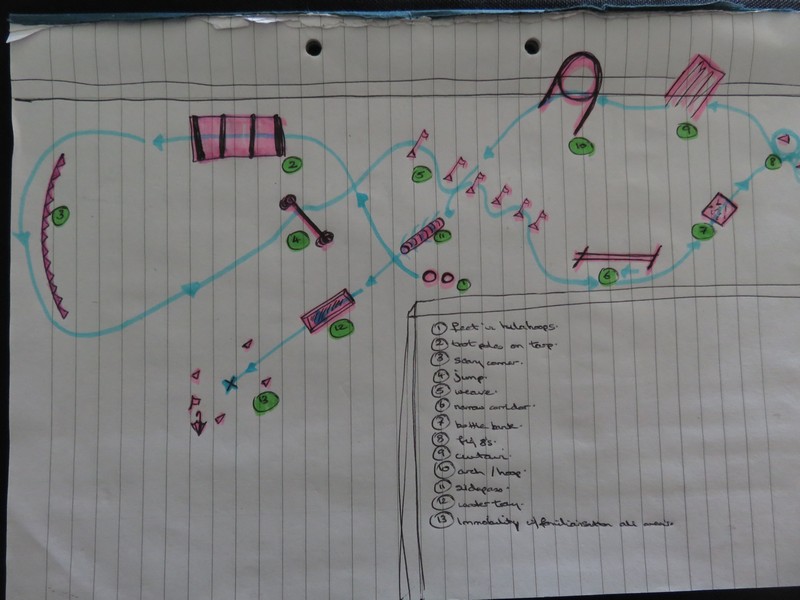Communication is a two way thing and to have a great connection to your horse you need to listen as well as talk. This might mean that you don’t do exactly what YOU want at times but you will get to do your thing with a better attitude if you allow your horse to have their say about something or to allow your horse to have some input on what you do together.
We need to watch and understand if the horse is saying something to us. We can see this by watching and learning how to read their body language for any tenseness or relaxation in their eyes/ears/neck/nostrils. It can also show in their back, stomachs and whether they’re calm and rhythmic in their gait or choppy and tight or whether their tails are quiet or swishing.
Horses talk more with their body language so it’s up to us to learn how to use our own bodies to help create more harmonious silent communication. If we learn body shaping dynamics to create our ‘conversations’ then the horse will ‘read’ and see what we are saying very well, with this and breathing/energy concepts we and our horses can become so connected we’re not sure who is leading who in the horse/human dynamic.


